Raro timu, raro take
Māori birthing traditions
A wānaka was held at Arahura Marae on 19 March.
The hui was led by Kelly Waiana Tikao, who is a doctoral candidate eager to find out about Ngāi Tahu stories regarding conception, pregnancy and birthing rituals and practices prior to the 1960’s. Whānau gathered to listen to stories, waiata, karakia, whakaaro (thoughts) that were shared with Kelly and will contribute towards her thesis which will eventually become a resource for Ngāi Tahu whānau.
This hui was such a beautiful experience and I wish I had known about it when I was going through my birthing with my two kids.
Mahina Kaui, who came along with Kelly, specialises in taonga puoro (traditional Māori musical instruments) and their place in creation practices.
Mahina showed all of her taonga and talked to us about how every instrument might have been used for birthing rituals and showed us the different sounds that each makes.
We will be getting these beautiful wāhine back to our marae and will be calling all ages – tāua, pōua, tāne and wāhine – all are encouraged to attend to learn about Kelly’s work.
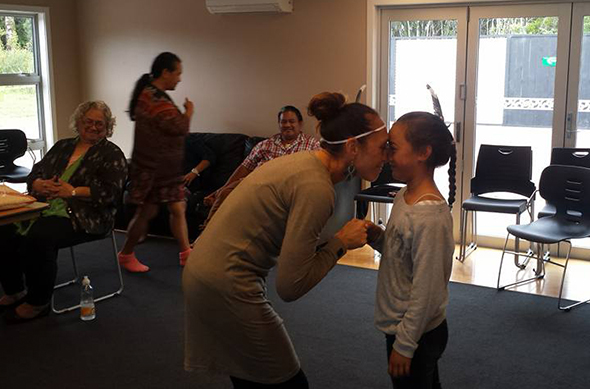
Kelly teaching us a game to get the heart pumping with Ani Mason.
Congratulations
Canterbury surf lifesaving championships
Siblings Mihiroa and Meihana Pauling have both received medals at the Canterbury Surf Lifesaving Championships held at New Brighton Beach on 12 March. Mihiroa won the gold in the U12 Womens Beach Flags (making it a clean sweep with wins of the provincial, regional and national beach flag titles for her age). She also won the gold in the U12 Mixed Beach Relay for her Waimairi Club and a silver in the U12 Beach Sprints.
Meihana won the bronze in the U10 Men’s Beach Sprint, to go with the two silvers he won at the South Island Champs in February for beach flags and the Cameron Relay.
Meihana was also recently part of the Halswell School ‘Rangers’ team that won the Canterbury Schools Year 5/6 Rugby League Tournament held at Hagley Park on 22 March. They played seven games and went through unbeaten, beating the defending champions Elmwood School in the grand final 16-4.
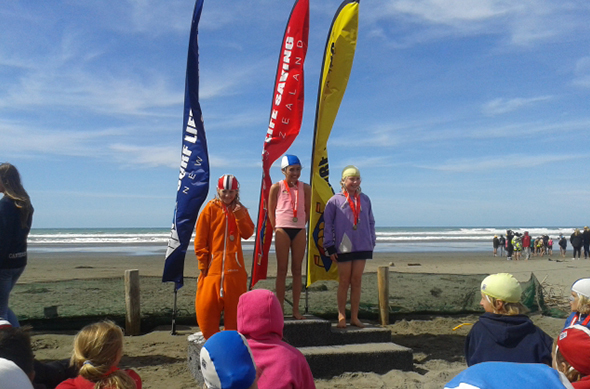
Mihiroa Pauling receiving her gold medal.

Meihana Pauling holding the trophy.
Sports Mentoring
Chantelle and Jaryn Tainui were both chosen for the 6-a-side indoor netball national tournament held in Auckland on 10 March.
Brother and sister, Jaryn and Chantelle both play for the Hornby Titans Silver team, the club they represented at the national tournament held at Action Indoor Sports in Manukau.
Chantelle commented ”Our team went up there as a completely new team, we had only been training together since the beginning of the year. Most of the teams up there competing have been playing together for years, so we had the disadvantage of being new – the competition up there was really good and quite hard, but we certainly stepped up.”
Most of the North Island teams were predominately from Auckland and Wellington, where 6-a-side netball is the main indoor sport. This differs from Christchurch where the main indoor sport we play down here is 7-a-side netball.
Our coach and one of our team members were interviewed by Māori Television who were wanting to know how well sport was doing down in Christchurch following the earthquakes. They also filmed us warming up and some of our game. Our coach is working towards having the national tournament hosted here in Christchurch.
The weekend was such an amazing experience and I made some really good memories. I have improved my netball skills so much and learnt a lot. I went up there with a little bit of doubt as this was my first ever competition, but came back feeling really good with what I had learnt personally and as a team. I cannot wait to go to Wellington next year for the next nationals.
As for Jaryn, he had already been to nationals before with 7-a-side. He really enjoyed himself and can’t wait to go back again. He played well and the coach said that this was his trial and he will be in the top team (the black team) at nationals next year.
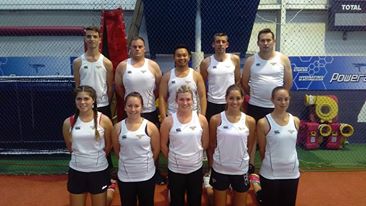
Hornby Titans Silver team.
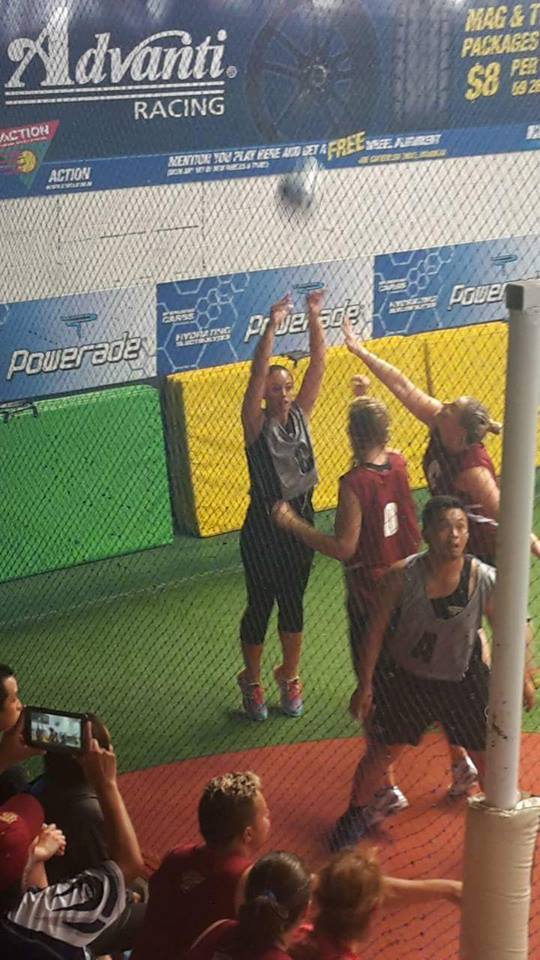
Chantelle Tainui shooting a goal.
Thank you from Millie Manning
I want to take this opportunity to thank Te Rūnanga o Arowhenua for their generous donation towards my gymnastics trip to Hawaii. I am so grateful to have such supportive family, helping me make these incredible experiences possible.
The Hawaiian competition I competed at, along with 16 other New Zealand team mates was a huge success, not just for myself but for our whole team. Every team member managed to stand on the podium which made us feel proud of our country. The first competition was called the ‘Gymnastics in Paradise’ competition which hosted gymnasts from the States, Australia and the UK.
I finished 3rd on the bar as well as the beam and was placed 3rd overall, scoring myself a traditional Hawaiian trophy. I was pleased with this competition, however I knew I could do better on the other two apparatuses so I kept positive and focused for the next competition called the ‘Aloha Gymfest’.
With a solid podium training and a determined mind, the second competition was another success, earning a gold on the vault, silver on the floor, bronze on the bar and another 3rd overall, receiving a unique, starfish trophy. Overall, I was stoked with my results and for my team mates. We were all supportive of each other, despite the fact we weren’t from the same regions. This experience was a once in a lifetime experience and I’m so privileged to have supportive family to help me get there. My plan this year is to continue with my intense training and try new skills so that I get more bonuses in my routines. Since this is my second year in step 10 I aim to improve my routines so that my scores are more consistent.
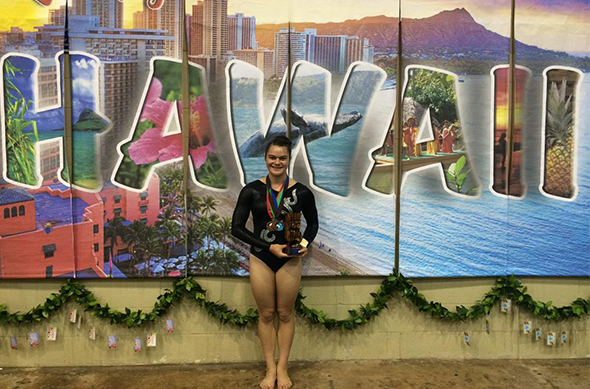
Millie Manning.
Kāi Tahu rakatahi camp
Ko Te Teira Donaldson tōku ingoa. Nō Arowhenua ahau. I have just recently been on the Kāi Tahu rakatahi camp in Kaikōura. On Tuesday 19 January I travelled to Tuahiwi with my whānau and Hannah Hurst (nō Ōnuku). We met up with other rakatahi who were also going to be on camp. We stayed the night at Tuahiwi and had a great time getting to know everyone – all 40 or so rakatahi.
On Wednesday 20 January we left Tuahiwi bound for Kaikōura for four days, stopping at Cheviot for kai. While we were in Kaikōura we did heaps of cool activities like kayaking, whale watching, and learning te reo Māori.
The best part was the pō whakangahau which was heaps and heaps of fun. I would like to thank Corban, Darren, Karuna, Komene and Paulette for making all this possible and being the best kaiako. I want to thank my whānau for encouraging me to go and I would like to thank Kaikōura Kayaks and Whale Watch for the great experiences we had. I look forward to catching up with everyone next year and I encourage my fellow rakatahi from Arowhenua to sign up for the next one.

Kāi Tahu rakatahi camp.
Kura Reo 2016
Below are a few images from Kura Reo 2016.
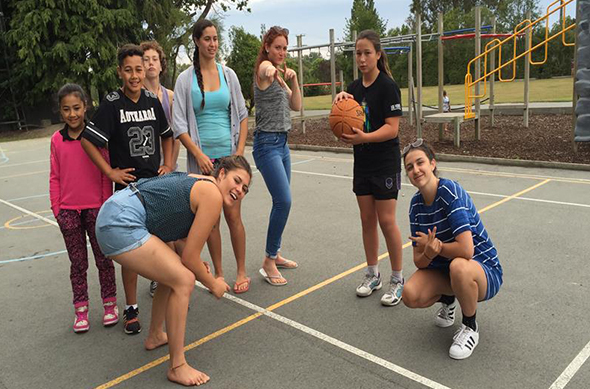
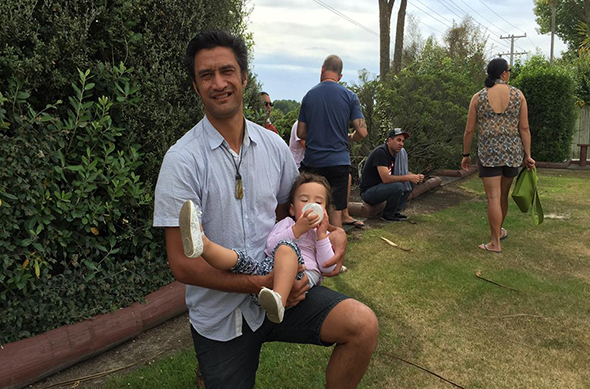
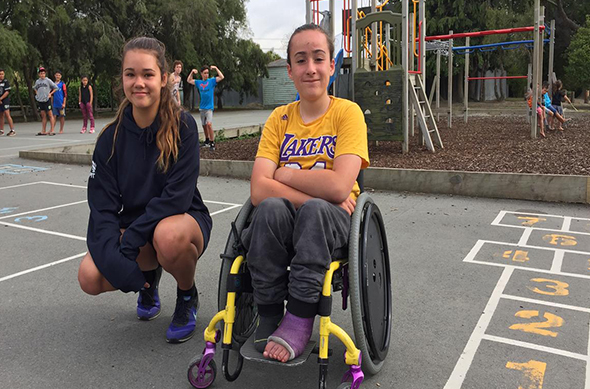
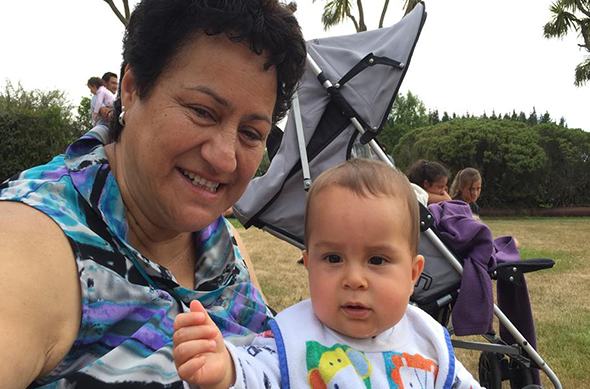
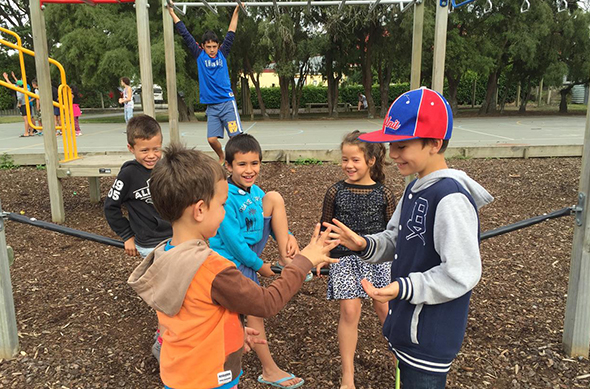
He pēpi
Betsy Williams is happy to announce the birth of her two mokopuna. Rameka Hohepa Greig-Tahana was born on 7 March, and Brianna-Rose Hutana-Tahana was born on 30 March, both are doing very well. Rameka and Brianna-Rose are mokopuna tuarua for Judy and Darkie Tipa.
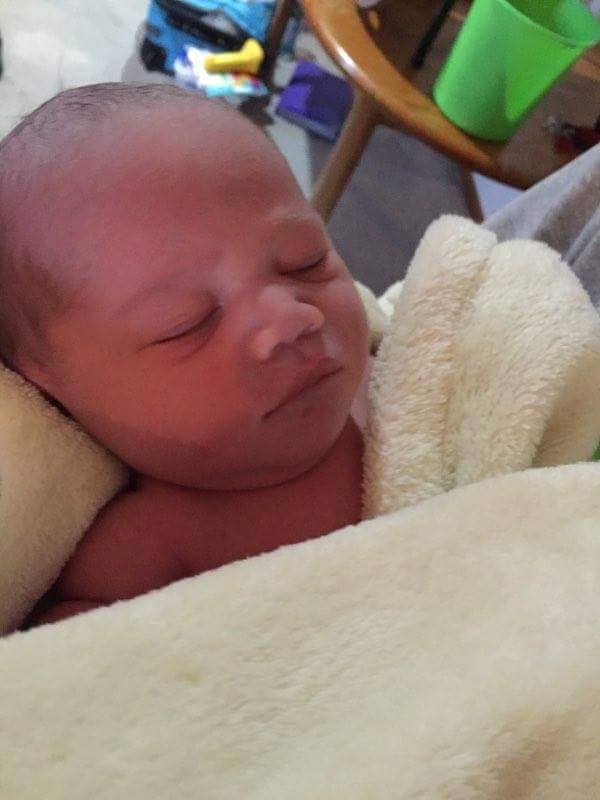
Brianna-Rose Hutana-Tahana.
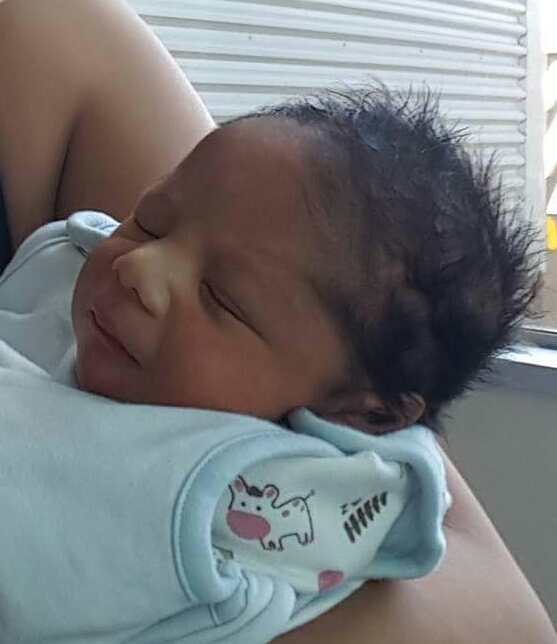
Rameka Hohepa Greig-Tahana.
Rā whānau
Kace Katerama Palmer Kean recently celebrated his seventh birthday at Moeraki.

Kace Katerama Palmer Kean.
Sporting achievement
Our congratulations go to our awesome hapū member Sarah Langsbury who was selected to represent Otago at the New Zealand National Interprovincial Athletics competition held in March. Sarah was placed second in her age group for most overall points (2,759). She has participated in 10 other track and field competitions since January and placed first in numerous events. Ka mau te wehi Sarah.

Sarah Langsbury No 2 Grade 12 Girl in NZ.
Growing leaders for tomorrow
Joe Parkinson (Korako Karetai and Mere Piro Harwood whānau) lead the whaikōrero to welcome representatives of the Education Review Office (ERO) to Portobello School recently. All of the students represented Portobello School in welcoming ERO, each of them did a karanga – it was beautiful and they did us proud.
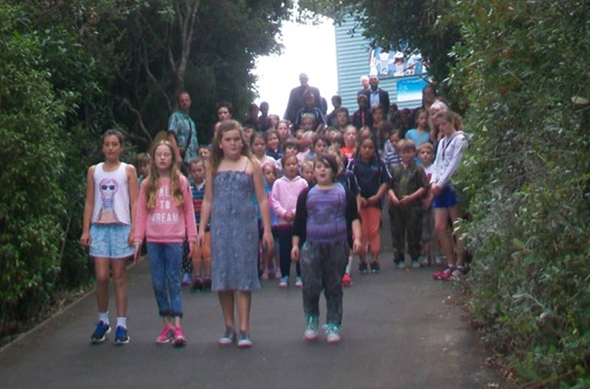
Kaikaranga: Kiara Gray (Russell whānau) Ella McDonald (Taiaroa whānau) Ripeka Potiki (Potiki whānau) and Mihiata Wesley (Wesley whānau).
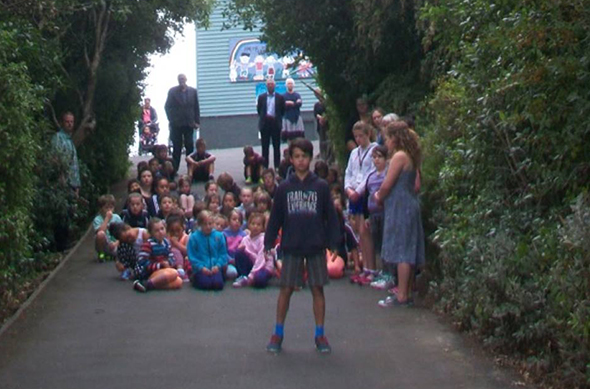
Joe Parkinson welcoming ERO representatives.
Water monitoring hīkoi
Tēnei te mihi atu ki te whānau whānui o Waitaha, Kāti Māmoe me Ngāi Tahu.
Murihiku rūnanga have been busy conducting research to develop a Murihiku Cultural Water Classification System. To date we have completed two of the three hīkoi for the Te Ara Koroka (Dart/Slipstream Pounamu trail).
In February, whānau stayed at Kinloch and visited sites in the upper Whakatipu Wai Māori (Kinloch/ Dart River) area. We stayed at Te Kōawa Tūroa o Takitimu on our second hīkoi and travelled to sites around Te Anau, Manapōuri, the Upper Waiau and some regenerating wetlands. It was special to see whānau visiting historically important sites in a contemporary way, by monitoring these for the development of a classification system that will support whānau in their management of freshwater. We were happy to see tuna in most of our hīnaki and in abundance. Tamariki have thoroughly enjoyed our hīkoi, they have their own special monitoring forms – future mahinga kai gatherers and monitors. The hīkoi have strengthened the whanaungatanga and extended the manaakitanga for the whānau from Murihiku.
We still have one final hīkoi – the lower Aparima and Waiau Rivers. A big thank you to whānau who have participated and helped with the hīkoi as they are an extremely important part of the project.
Nā Stevie Blair.
For more information on this project contact Stevie Blair at Te Ao Mārama: [email protected], 03 931 1242, or Oraka-Aparima Runanga office: [email protected], 03 234 8192.
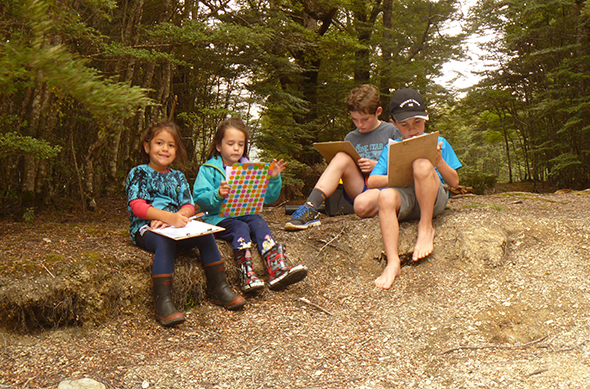
Tamariki from left to right: Our freshwater mahinga kai managers of the future: Ātaahua Tuhi, Nikau Farrell, Luke and Trent Moss.
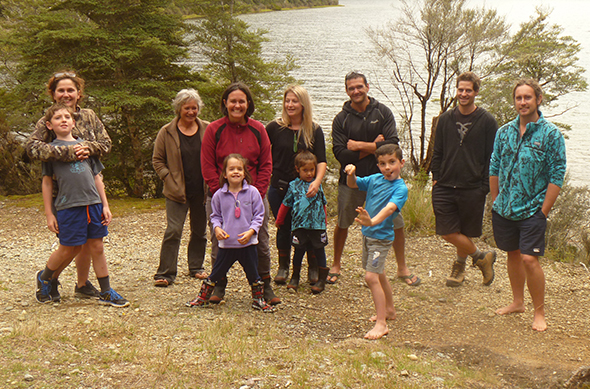
Our water monitoring team.
Navigator services
In the days of old, Te kāpehu whetū – the Māori star compass – divided the 360 degrees around a waka in the open sea depending on where the sun, moon and stars set and rose. The navigator was then responsible for keeping the waka on course, based on these points of direction. It is a concept that has been drawn on through the Whānau Ora approach, as navigators work with whānau on a voyage of discovery, guided by the strengths, the goals and aspirations of the whānau as their compass.
Last month, on 20 March, the whānau through Awarua Whānau Services came together at Te Rau Aroha Marae in Bluff, under the leadership of General Manager Trish Young and Navigator Serena Lyders.
Into that beautiful space the marae became a haven to come together as one, in the noho wānanga they know as Te Whiriwhiringa. Graduates from the first Te Whiriwhiringa worked behind the scenes preparing and cooking kai, sharing their own personal stories to motivate another seven new whānau.
The graduates talked about feeling supported and safe to share and learn from each other. Putting words and concepts into practice on the marae – manaaki, awhi, tautoko is what Te Whiriwhiringa is all about.
Te Pūtahitanga o Te Waipounamu now has 24 FTE Whānau Ora Navigators around Te Waipounamu. On 1 April, we picked up the five Rū whenua Navigators, who have the specialist focus of post-earthquake revitalisation – restoring the sense of resilience among our whānau. At their essence, navigators, who support engagement with whānau to achieve their goals, increase the capacity of whānau to do more for themselves, to become self-reliant, and to make their own decisions for their future. Who better than whānau to know how to determine their own future, to build a new platform of hope for them and their mokopuna to inherit?
To find out more contact; Maire Kipa
Navigator Co-ordinator
021 901 965 or www.teputahitanga.org
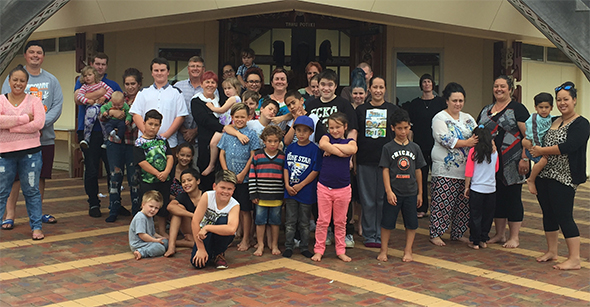
Awarua Whānau Services.
Kia Kūrapa ki Kaikōura
Kua ikapahi mai kā tākata nō Te Tai o Marokura kia whai rātou i te reo kamehameha o Pōua mā, o Tāua mā. Four generations – kaumātua, pākeke, rakatahi and tamariki took part in Kia Kūrapa ki Kaikōura.
Rawiri Manawatu (Ngāi Tahu – Ngāti Kurī), with the support of Kotahi Mano Kāika, organised this te reo Māori wānaka for Ngāti Kurī whānau and the wider community.
The wānaka was designed for beginner to intermediate te reo Māori speakers, and taught in a supportive whānau environment.
“The one thing about te reo is it can scare people, this wānaka is about making it easy, and hopefully everybody goes away with a hunger to learn more,” said Rawiri.
Participants learnt karakia, waiata, new words, proverbs and sayings. It was a lot to take in. However, the kaiako continuously checked in with their students to see how they were feeling, and adapted the pace to suit them.
“The great thing about this whānau environment is because there is no curriculum, no test, you can change it up to suit the needs of the whānau,” said Rawiri.
Mother of three Darlene Morgan (Ngāi Tahu – Ngāti Kurī, Ngāti Pikiao) has been learning te reo Māori on and off throughout her life and thrived in this environment.
“The most valuable thing I found was hearing people speaking. And trying to, with the little bit that I know, put in to context what they might be talking about,” said Darlene.
Kaikōura early childhood, and primary school teachers were also invited to the wānaka.
“The idea is that our early childhood centres, our primary schools, and our high schools are feeding our tamariki the reo and the tikanga. Our whānau may not be in all the schools, but we still have the teachers who can help our tamariki,” said Rawiri.
Pip Johnstone, manager of the Kaikōura Barnardos Early Learning Centre attended the wānaka to learn more because she believes that te reo and Māori culture is a powerful way to connect with tamariki Māori.
“I want to learn more, so that I can teach more. We have been taught that children, particularly from the Māori culture, who are taught with their culture involved do a lot better in their schooling. I want to make their schooling the best it can be for them so they get the best outcomes.”
The wānaka was run over three days at Hapuku school. Rawiri Manawatu will be starting a te reo Māori course in Kaikōura next month. If you want information about the course please contact Rāwiri Manawatu on: 021 0261 8717 or email: [email protected]
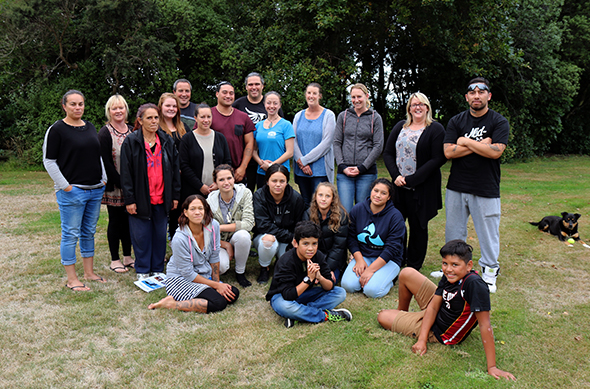
Kia Kūrapa ki Kaikōura group ouside.
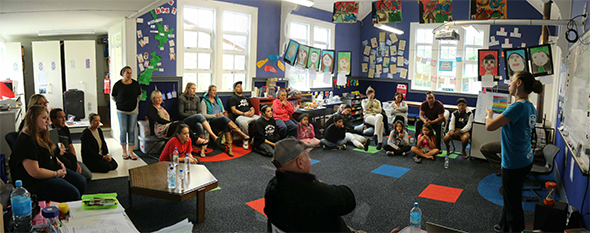
Kia Kūrapa ki Kaikōura Group listening and learning.
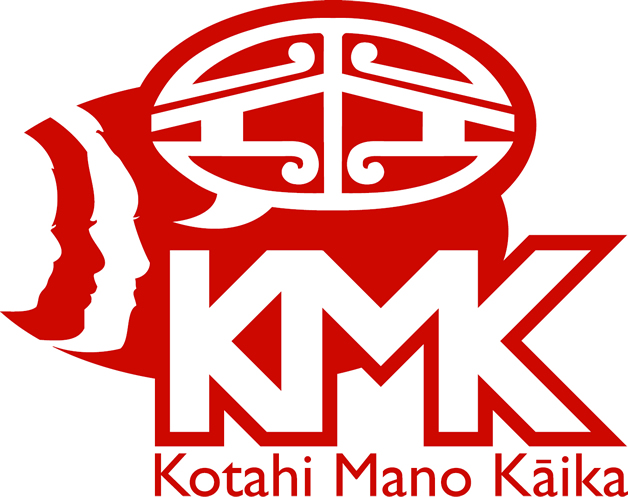
Kaikōura whānau hui
During the Easter break Whai Rawa attended a whānau hui at Mangamaunu Marae in Kaikōura. It was an engaging event that included the tamariki singing beautiful Kāi Tahu waiata after the mihi whakatau. We really enjoyed our time talking to whānau members and listening to the history of Hōhepa Marae. Our attendance also gave whānau the chance to register their new pēpi into our whakapapa unit and also join Whai Rawa.
Whai Rawa would like to thank Lewis Boyles for inviting us to a very special hui at a spectacular locale.

Kai at Kaikōura. Pictured left to right: Tamahou and Charlie Thoms. Photo courtesy of Helen Thoms.